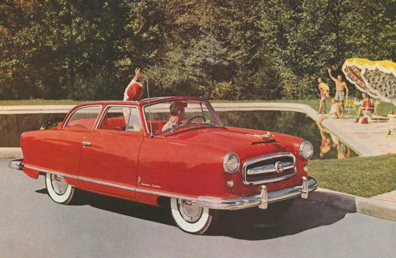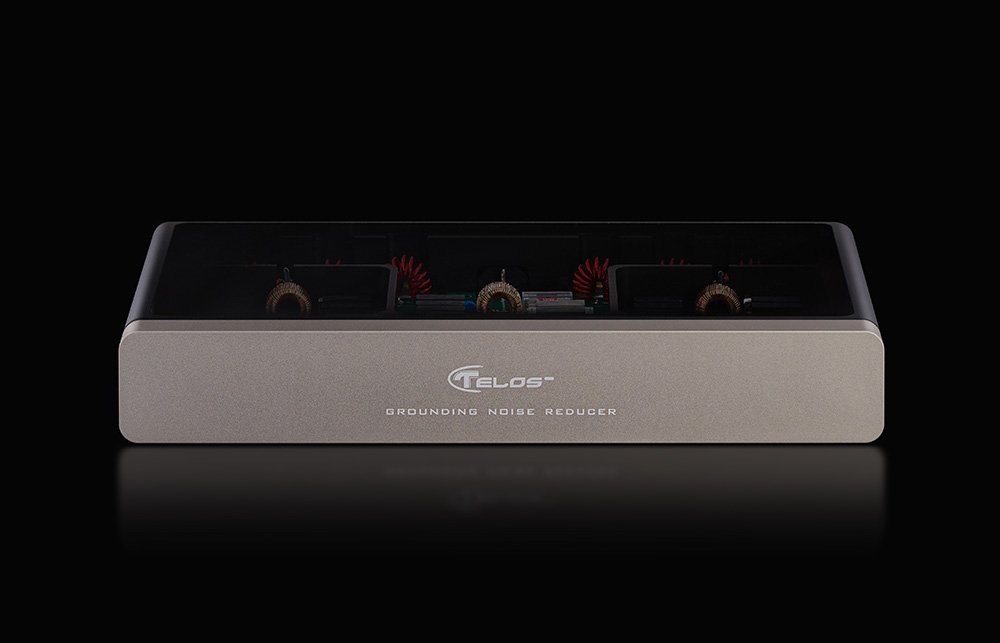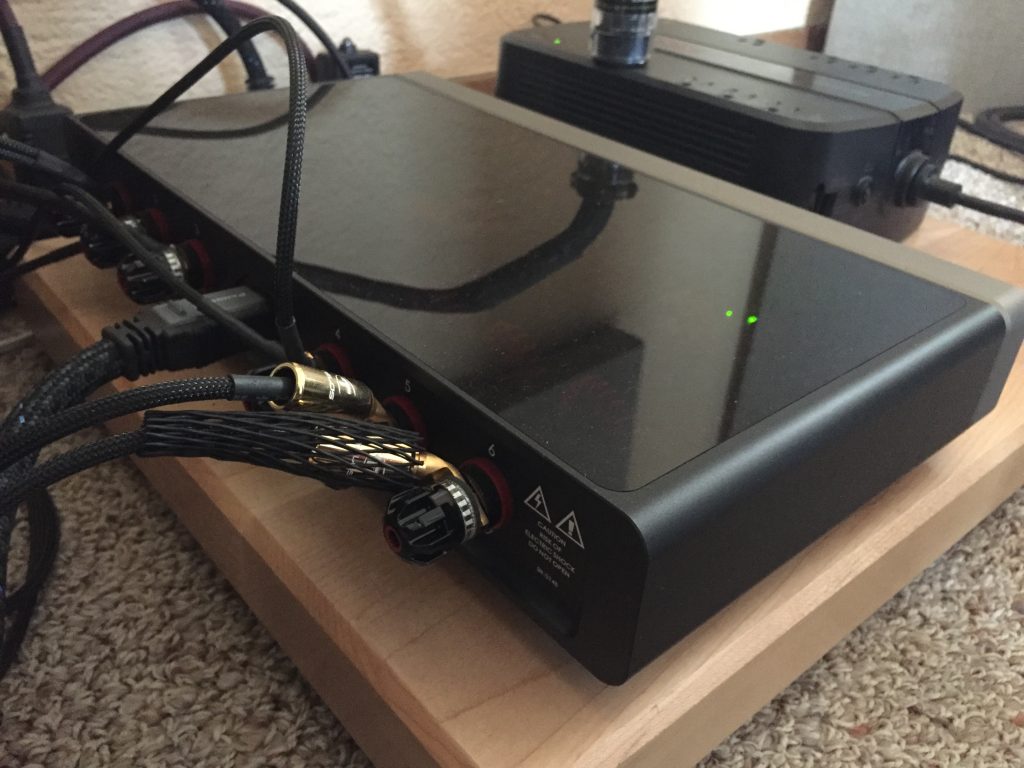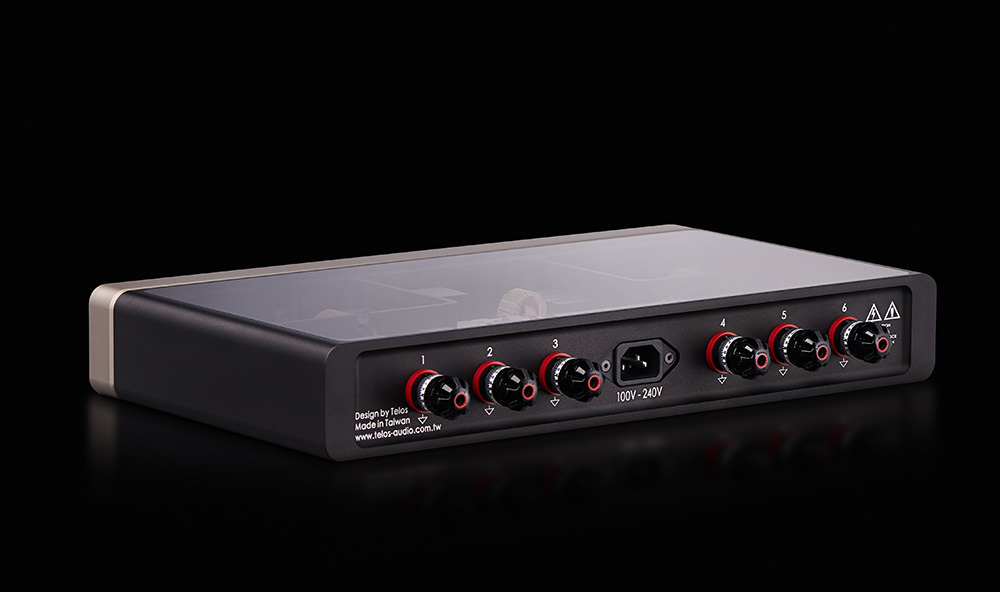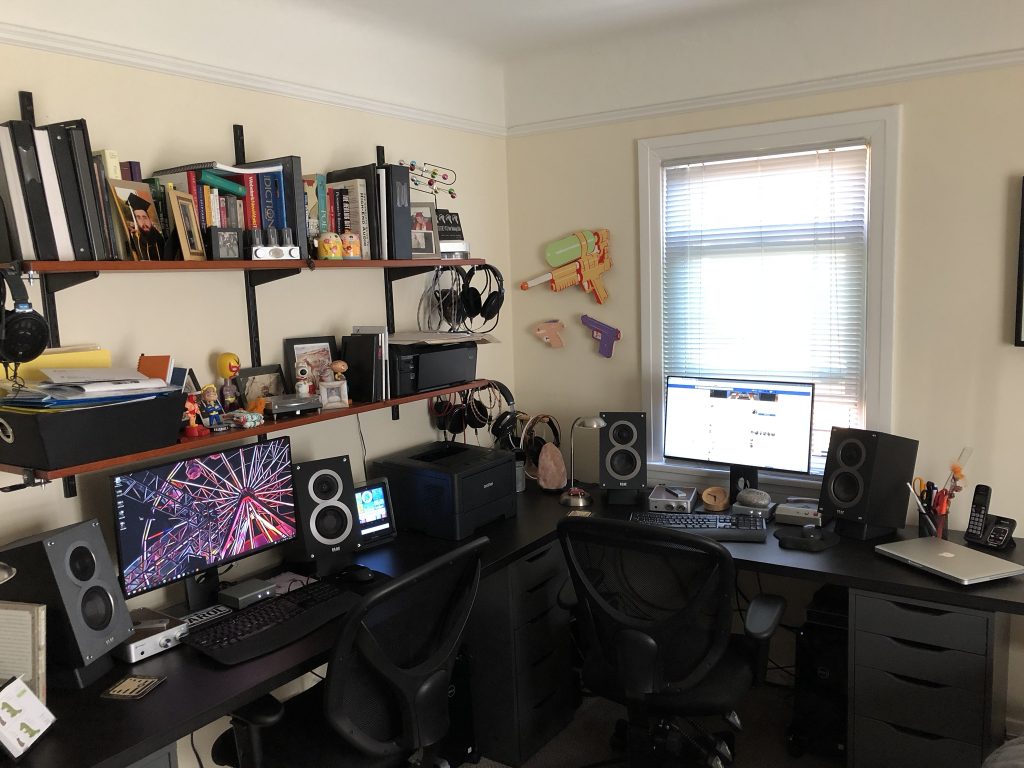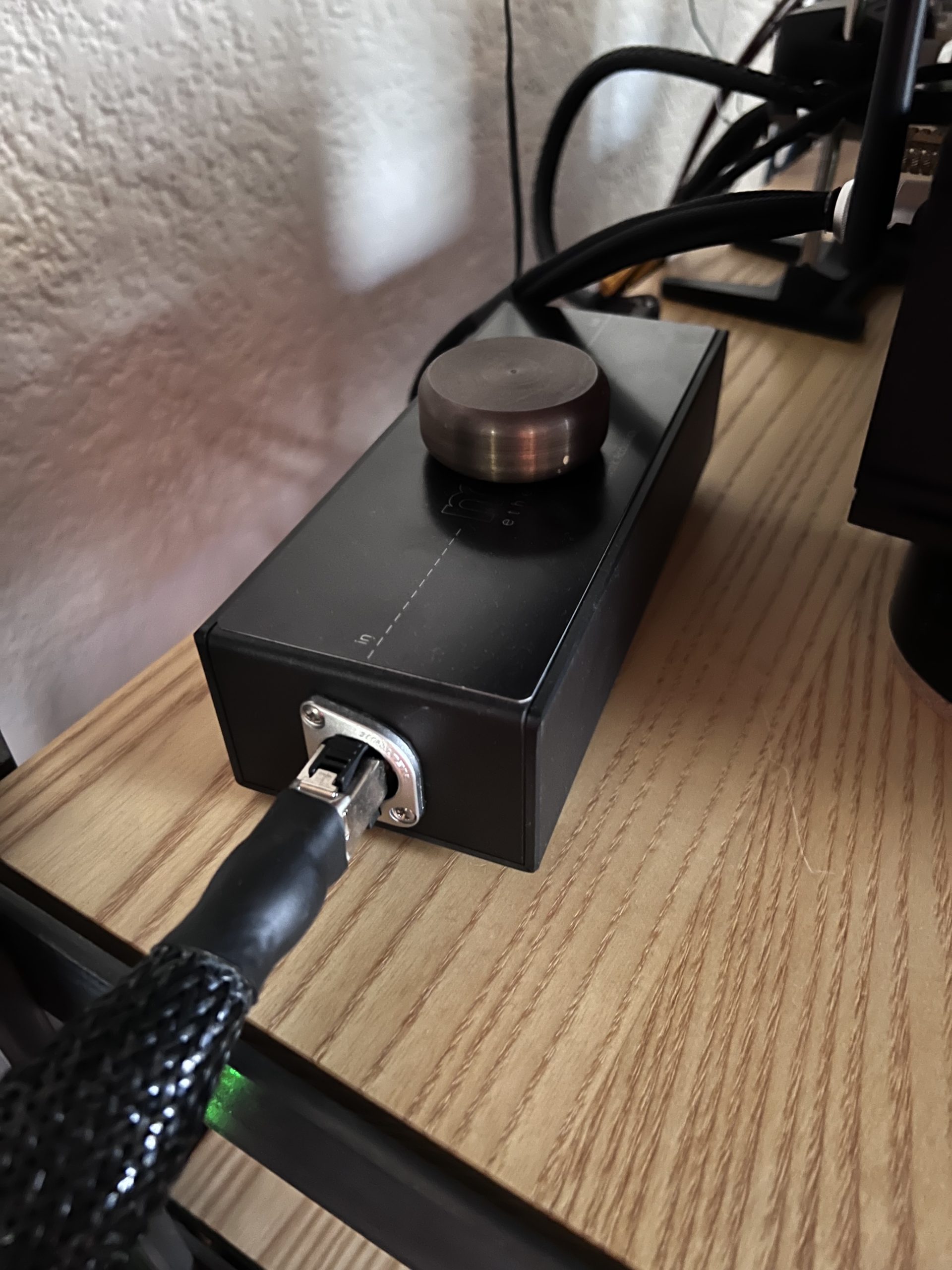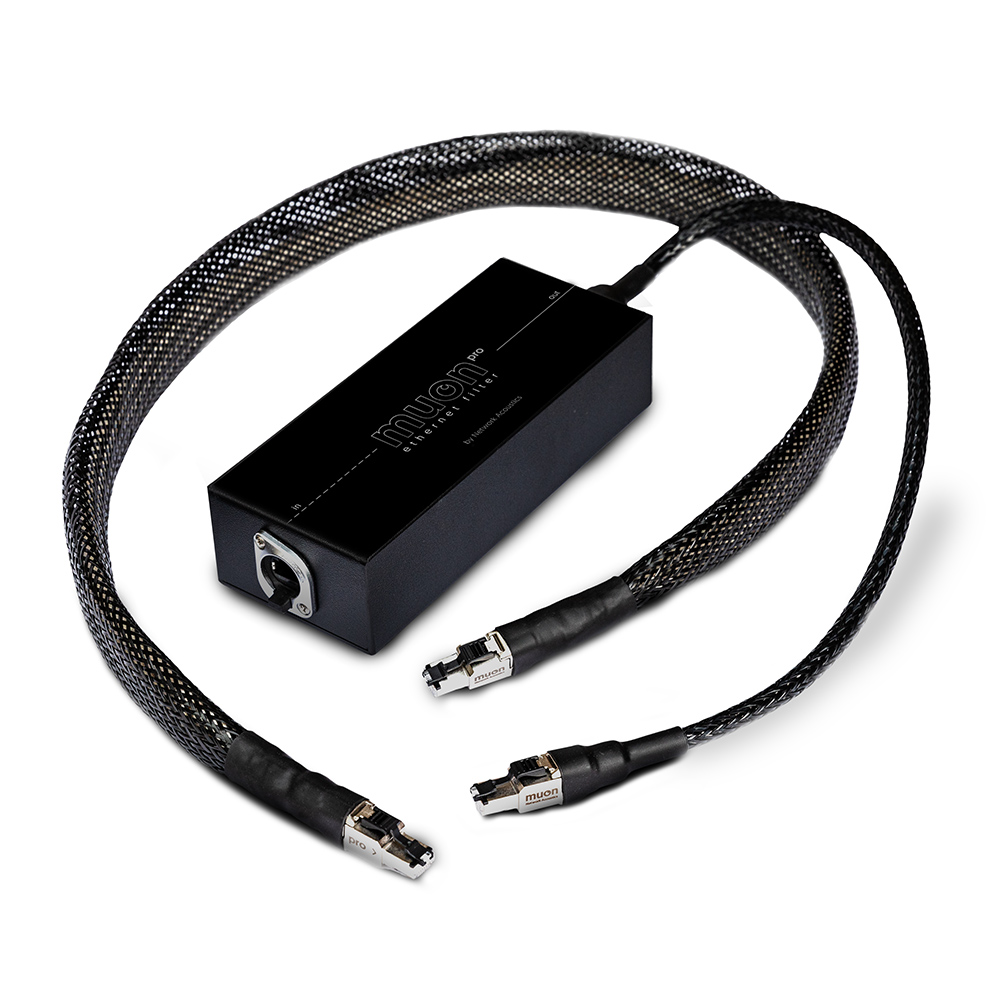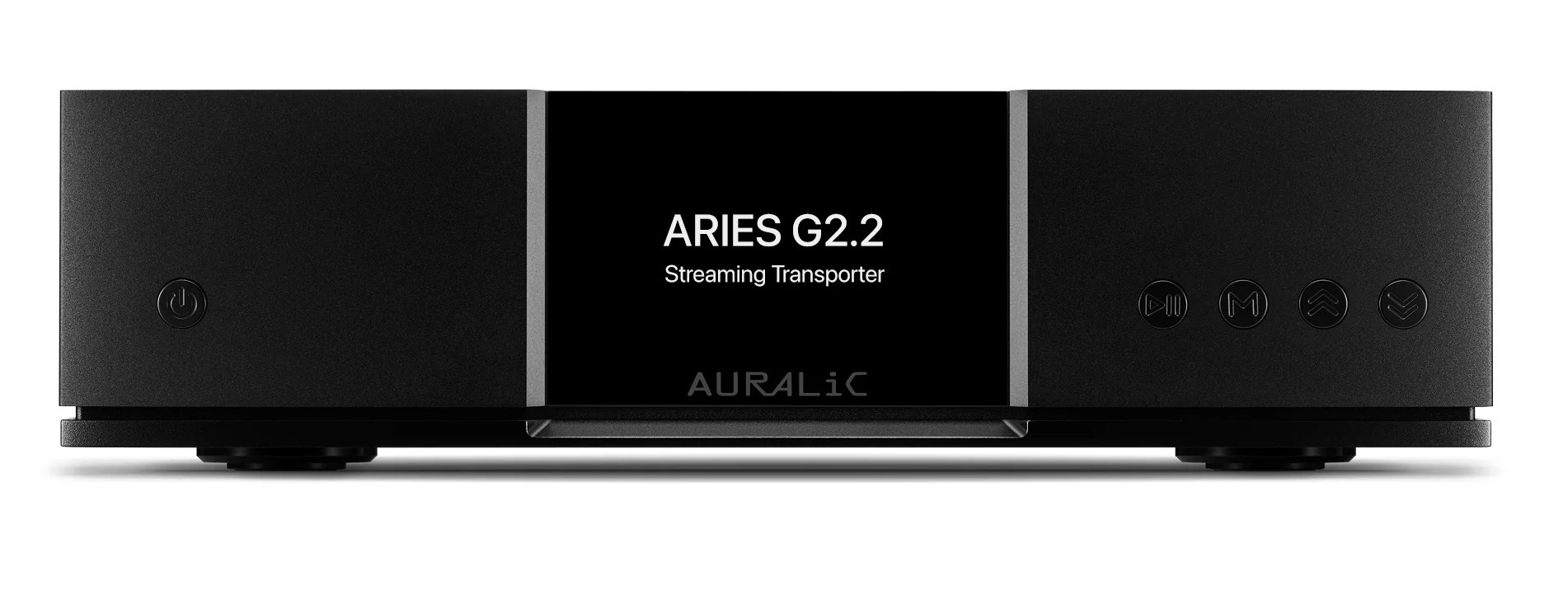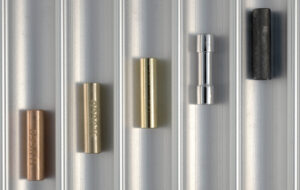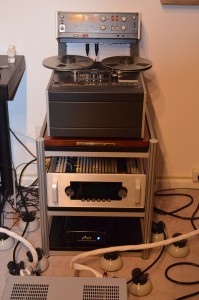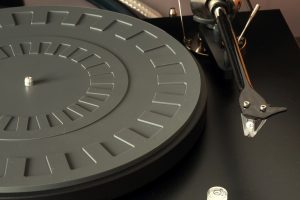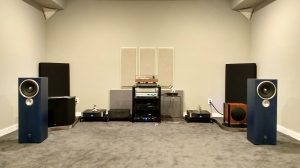An issue or two back, I wrote enthusiastically about the grounding units from Entreq (HERE), and how these passive grounding boxes allowed me to hear way more into the music. Yeah, they work as advertised and for sure, they should be seen as a requisite addition to anyone who is serious about audio and their music. Simply better, and at lower volumes, amazingly engagingly good. And here we have here the TELOS GNR Active Grounding Box.
So what we have now is two approaches to grounding: passive, in that the device uses minerals and such to do the trick (Entreq and Tripoint for example) and active with the TELOS unit, actively using a powered circuit. Am thinking the passive option could be seen as being more of a purist approach to grounding in that there it is 'organic' and natural, whereas the active option is more… I dunno, an approach that is more complex and potentially more likely to address a wider spectrum of grounding 'issues' in that it can target these electronically (at least based on TELOS' philosophy as noted below). One is wood and the other is aluminum and Plexiglas…. allowing you to marvel at the blinking lights showing you what the active GNR is doing, versus being a storage box for the passive 'circuit' in the Entreq. Fancy versus simple?
But, I am not going to say or even suggest which is better simply because comparisons with and without are way too difficult, based on the Entreq requiring many hours to work its magic. Both units do work, but in key places they do work differently… or certainly have different applications. More on this later.
Oh damn. I used the term magic and no doubt some reader will hit us with these devices being just that… magic and a whole lot of hooey. But then that would be someone who does not listen, has no experience trying any of these units, and bases their opinion on perhaps what they have 'learned' from some place in their life. I can accept that… not everything fits perfectly into one's box of reality.
But back to the task at hand… the TELOS Audio Grounding Noise Reducer. Taken directly from the manufacturer's Taiwan site, so excuse the grammar and such…
"Grounding facility has always been there for the sole purpose of safety. For example, shock hazard prevention, lightning protection, noise shielding and other functions.
In an audio setup, the effectiveness of the grounding facility has an immediate impact on the background noise. This translates to poor sound quality and greatly worsens the listening experience.
Present Situation
It is almost impossible to get satisfactory grounding facility, let alone one that meets the requirements for audio use. Most of the time, they only adhere to the minimum safety requirements. The common ones have the Neutral wire and the Ground wire connected together, or there is no Ground on the receptacles, leaving the Ground wire unconnected. This allows noise from the home appliances to pollute the Neutral wire, hence, causing interference. Electrical appliances like inverter air conditioner and those with switching power supplies, like computer, generate the highest level of interference.
When the electrical reference point is polluted with noise, it could get into the signal path and you could hear it as noise. The noise could potentially enter the digital circuit and cause bit error.
The Pros and Cons of Passive Audio Grade Grounding Box
Passive grounding boxes out there are made using materials with good conductivity like copper plates, copper rods, copper mesh, mineral powder or some composite substance. The good point about the passive, simulated Ground is that it is very easy to make. In fact, most of them can be made easily.
The challenge is that passive grounding could only alleviate voltage change. They are not able to provide near Ground reference voltage. Hence, it is not able to quickly stabilize the fluctuating potential difference between the audio equipment. This could be liken as ships on the ocean, always floating, the Ground reference is never stable enough.
At the same time, the properties of the minerals or electrolyte will change over time and need to be serviced on a regular basis. This includes material replacement, realignment, or replenishing of the electrolyte before the effectiveness could be restored again.
TELOS GNR Active Grounding Box
Due to the above limitations, TELOS brings new meaning to grounding implementation. And this has been proven to be the most elegant way for any audio setup.
TELOS technical team analyzes audio equipment from a unique perspective. Every audio equipment uses power transformer in order to operate at the correct internal voltage. Hence, each equipment is said to have the primary side and secondary side. The primary side is from the power receptacle, all the way to the input of the transformer. The secondary side is from the output of the transformer to the circuit board. The audio circuitry remains within the secondary side.
TELOS technical team proposes the use of CPU within the GNR to calculate and generate high precision Ground reference voltage. Grounding is achieved by connecting the audio equipment to the binding posts of TELOS GNR that carry the Ground reference voltage. By doing so, GNR is able to truly correct the Ground reference point for the equipment chassis, audio circuitry and the Ground connection.
Using the same analogy as a high precision digital clock, GNR generates low distortion Ground reference voltage, giving each equipment a consistent reference point. When the audio setup is operating on a singular Ground potential, the signal transmission becomes least impeded, avoiding any transmission loss due to polarity mismatch and bit error. Therefore, truly achieving the best transmission possible.
TELOS GNR Active Grounding Box comes with 6 ground cables of the same materials. Thus each equipment is having the same grounding impedance characteristics, this greatly reduces the likelihood of coloration. The purchaser can specify whether they need an RCA, XLR, Spade, etc on the component end of each cable.
By having an isolated Ground for your audio setup, the effect is as good as having a dedicated power line. Through the GNR generated Ground potential serving only your audio setup, noise will be totally isolated."
Well, that was a mouthful and for sure presents itself as that found on the Entreq site; same issues with the ground, but like I said earlier… different approaches to addressing how to minimize or eliminate the noise and such.
Okay, so the TELOS was supplied with a good number of their "basic" grounding cables: spade to spade and spade to RCA, and after an enquiry… two of their spade to USB. The spade to USB cable is their way better "premium" cable.
TELOS suggests connecting as many components to the GNR as is possible, and when doing so, you can connect a component more than once. They also say not to use more than two cables per post and to keep digital and analog separate—meaning you could use up to 12 cables and even more components (some of the supplied cables have a single spade at one end with double RCAs at the other). They also say one should not connect the TELOS to the AC ground at any outlet nor to connect the unit to the negative terminal on an amplifier. Okay… uh, hey… the Entreq can be connected to the negative terminals on an amplifier and to the ground at any AC outlet, so with that in mind, the Poseidon's far left and right terminals are connected to the left and right negative terminals on the PS Audio BHK-250 while the middle terminal is connected to one of the AC outlets on the Bybee AC conditioner via Enteq's AC grounding cables. Sweet. Works splendidly well too.
The TELOS is then connected to everything else via either spade (phono stages), RCA (any RCA for either digital or analog), or USB (like on the NAS and Aries). Okay, way cool. The two units, while being of way different approaches, actually play really well together and as such can be used together, though for different applications as noted.
And, what do I hear one might inquire. Music… and I mean way more music with the TELOS in place than without the TELOS. Differences with the TELOS are rather instant in that the TELOS needs little time to do what it does. Simply unplug the AC cord powering the unit (there is no on/off switch) and, bam… there it is… of which I used the stock cord and then swapped in a better cord from Pangaea and for sure, things did improve... so am figuring that even a better BETTER cord could make it even better still. Anyhow, even with the stock cord, I can hear farther into the depths of what is on the file, disc, or LP. The results remind me (aural memory) of what I experienced with the Entreq. Now again, I am not comparing them… but geesh, if I read what I wrote about the two Entreq units connected to everything I could toss their way… the similarities are spot on. Sort of like a Venn diagram where 98% of the two circles overlap as opposed to just a wee bit on either side. Stunningly solid in every way I can think of…
And no, as I said about the Entreq, a grounding unit is not going to change the sound in terms of some sonic tapestry (that is making the sound warmer, leaner, whatever), but it will change the sound in terms of resolution, space, decay, presence… and so on. By reducing or eliminating noise that is riding along with the signal—of which is not audible or something that one can point a finger at—there is less in the way of what you want to hear… your music. You will hear more texture and space around the notes, images will become locked in and just right there… everything has its own place and presence. Less confusion and more order to the music. You will hear what is there, whether it is good or bad… meaning bad recordings will still be bad though you will hear more of what is there… and oh so natural. Meaning for sure there is less edginess to the music being easier on the ears with less strain and grain.
I absolutely love what the combo of the Entreq Poseidon and TELOS GNR are doing to the music here in our system. This is such a stellar combo: the best of passive working on this and that with the best of active handling all the rest with such ease… musical as all get out that I am way WAY happy. You must audition these units. I mean this with all my heart...
But where to start? Well, either one works pretty much anywhere, though the Entreq will address two grounding issues that the TELOS does not: amplifier terminals and AC outlet grounding. On the one hand, perhaps they feel that these are less important or are of something that should not be dealt with. On the other hand, the TELOS is active and based on what TELOS says on their site, should be more universal and effective in terms of dealing with the noise and such on the ground. No doubt they will offer an audible difference—but here the differences are too difficult to put to pen. Sorry, but substituting one for the other takes too long (cables, cables, and cables), there are noted uses that differ for each, the requisite time needed for them to settle in and do what they do is vastly different… so not going to happen. What I am hearing is the two working together. For sure I did try just the TELOS connected to what it could connect to, minus the Entreq and yeah… it works. You get it all as I had said above... and in spades. Adding the Entreq, as noted above, certainly takes things further along… I got more than just what the TELOS presented solo. Makes sense as the Entreq was now dealing with places the TELOS could not by design. Get one, get both… you won't be disappointed.
Quibbles? None that come to mind. The unit works, is dead quiet, it does put on a light show so people will ooh and aah as to what is going on, but they will also ooh and aah about what they are hearing too. Again, grounding units are not sonic band-aids but should seriously be considered by anyone who has their system at its pinnacle.
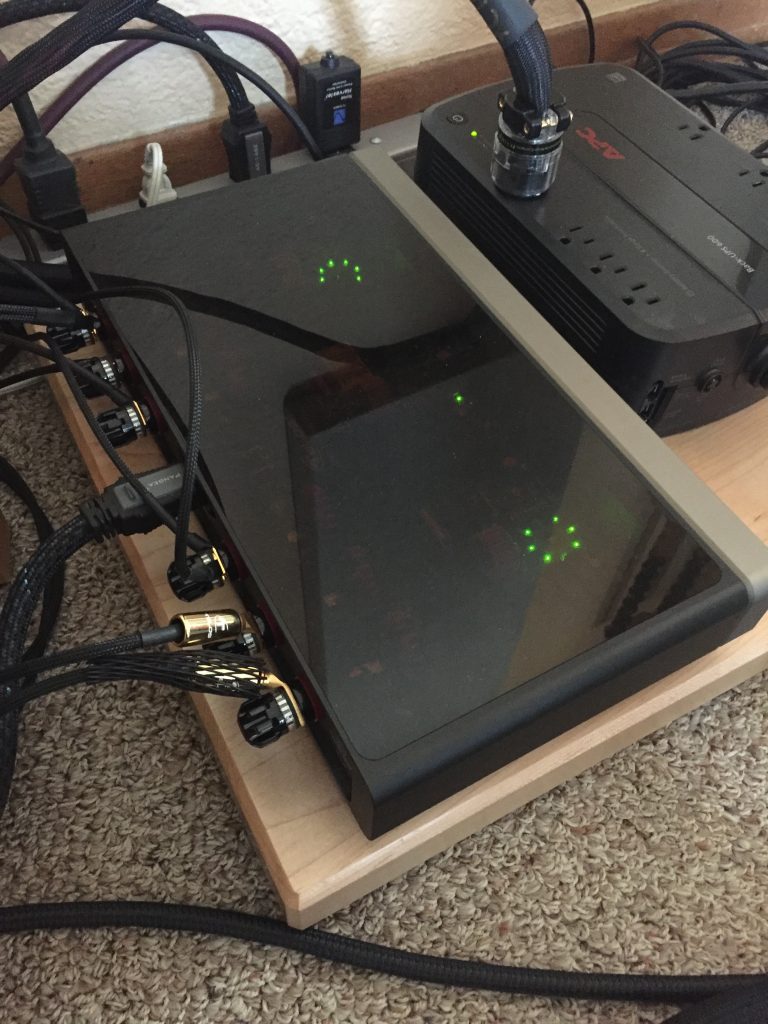
The best recommendation I can offer is that a well-known audio importer of several highly respected products was listening to my system a few weeks ago... he visits often so he knows my system quite well. After a few songs he asked me what here in the system is different since the last time. I mentioned the TELOS and Entreq along with a few cables that were in the system for review (PAD interconnects, Triode Wire AC cords, and Skogrand speaker cables). He looked at me and said, "If you don't own the stuff... buy it. This is the best ever." Highly recommended.
TELOS GNR
Retail: $5000
TELOS GNR Cables
Retail: $200 each
US Distribution
Stillpoints
TELOS
www.TELOS-audio.com




